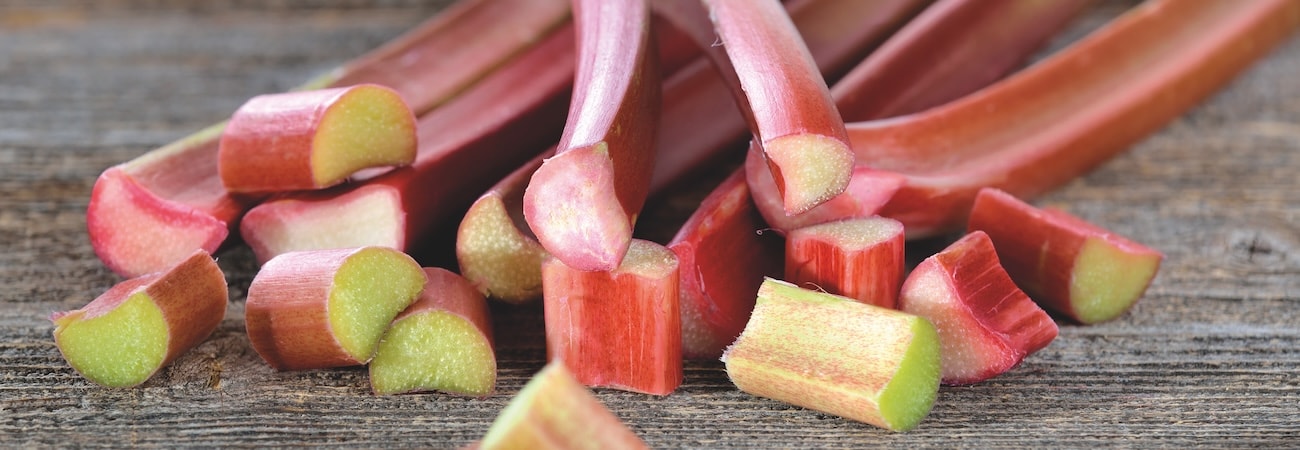
Ann’s Almanac – April
Hurrah for April! There’s lots to do in the garden this month but there’s still a bit of time to change or add to your plans. Come May, the growing season will be well underway. Do make sure that you’ve ordered all the seeds and plants that you’ll need, as stocks sometimes run low this month.
My windowsills are already completely lined with trays of seedlings but, if you haven’t started sowing yet, it’s not too late. It’s actually better to start a bit late than too early – and vegetable seeds sown now will quickly catch up. Don’t be tempted to move tender plants outside until you’re sure that all threat of frost has passed. April can be a wet and tricky month!
The sun was warm but the wind was chill. You know how it is with an April day.
– Robert Frost
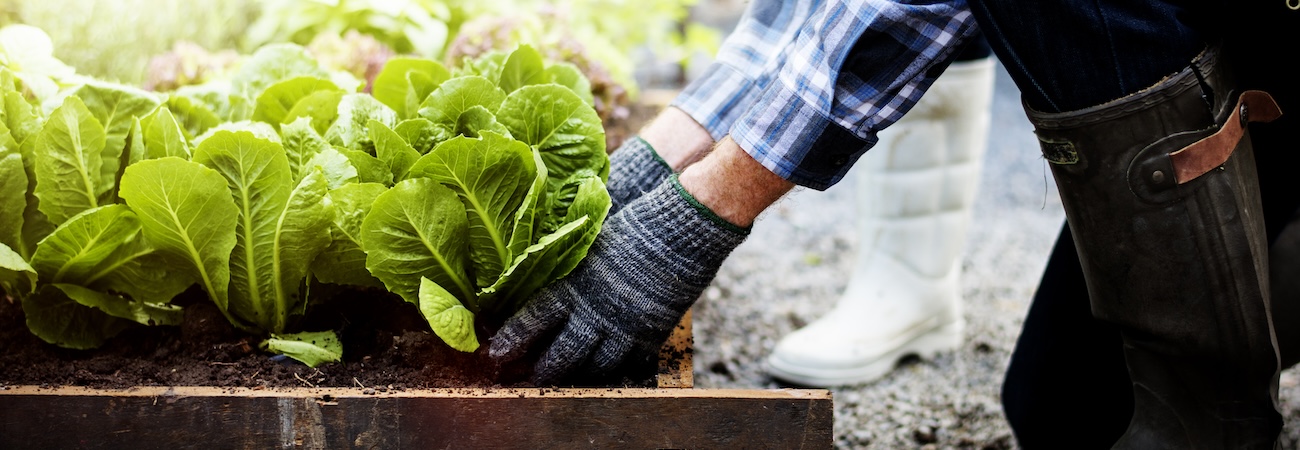
Jobs to tackle this month
My top tasks for April include:
- If the soil has warmed up, direct sow hardy annual seeds like sweet peas. No garden should be without these perfumed beauties! Autumn-sown sweet peas can be planted out.
- Half-hardy flower seeds can be sown in trays and kept on a windowsill or in the greenhouse.
- Order tomato and other vegetable plants before they sell out. Do give some thought to trying grafted vegetable plants – the rewards are high.
- This is your last chance to order bare root fruit trees.
- Rejuvenate sage by cutting to just above ground level. This encourages fresh new shoots that will grow into a neater looking plant.
- Late frost will kill off fruit blossom, so keep some fleece handy.
- Put supports in place for peas and beans, ready for planting out.
- April is a great time for sowing new lawns and repairing bare patches. Dobies Premium Lawn Seed is a great all-in-one solution.
- Deadhead spring bulbs but allow the leaves to die down naturally.
- Finish pruning roses and give them a boost with a specialist Rose Feed.
- Plug plants potted on now and kept in the greenhouse will put on a glorious display this summer. Dobies’ colour themed collections are an easy way to fill your tubs and hanging baskets.
- Hanging baskets can be planted up and kept in the greenhouse while the plants grow on.
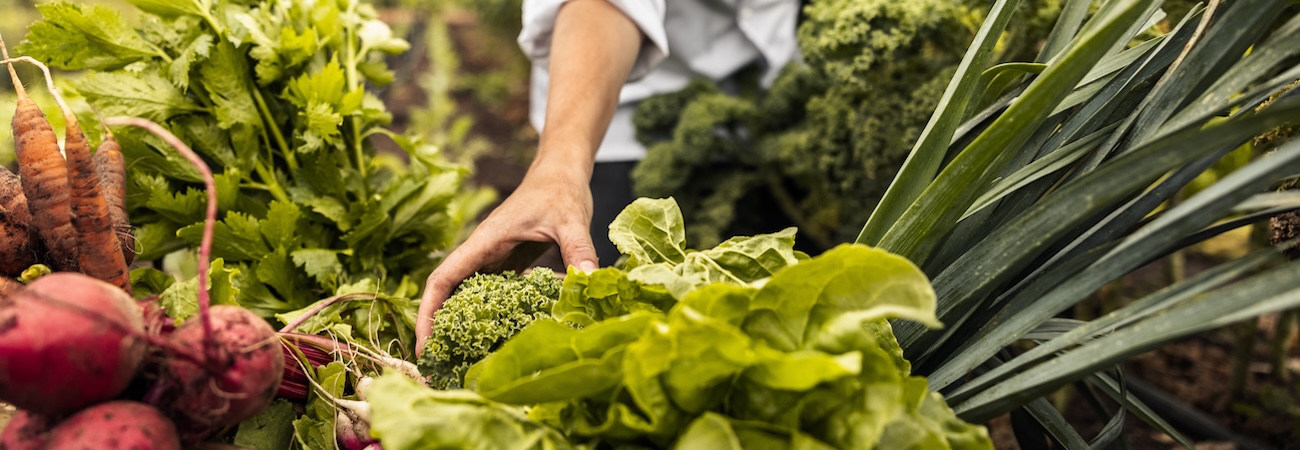
From plot to plate
Here are some of the delicious crops I harvest in April:
- Cauliflower: This versatile vegetable comes into its own in April when there are very few other seasonal crops to enjoy. The creamy taste is perfect in cauliflower cheese, and the firm florets work well in curries or lightly steamed and served with a stilton dip. You could also try roasting your cauliflowers whole with a drizzle of harissa oil and a sprinkle of sea salt, or blitz up raw pieces until they resemble couscous and combine with lemon juice, chopped tomatoes, mint and parsley.
- Purple sprouting broccoli: A brassica that continues to hold its own in the April garden, you only need to harvest the exact amount you want to eat. Cook the stems quickly to keep the lush purple colour – grilling, stir-frying, lightly steaming, or roasting work best. Even the fussiest of children can usually be persuaded to eat grilled PSB dipped into a lovely soft-boiled egg!
- Rhubarb: Established rhubarb is ready for pulling this month. Resist the temptation to harvest from new plants until the second year, as this allows the crown to establish and strengthen. After that you can freely pull the delicious stalks from late March to June, but never remove them all in one go. Who doesn’t love a rhubarb crumble? Try adding strawberries for an even more sublime flavour! Alternatively, you can’t beat a simple rhubarb compote swirled through rice pudding or served over vanilla ice cream. And the really good news is that rhubarb is packed with goodness yet has just 21 calories in 100g, so tuck in!
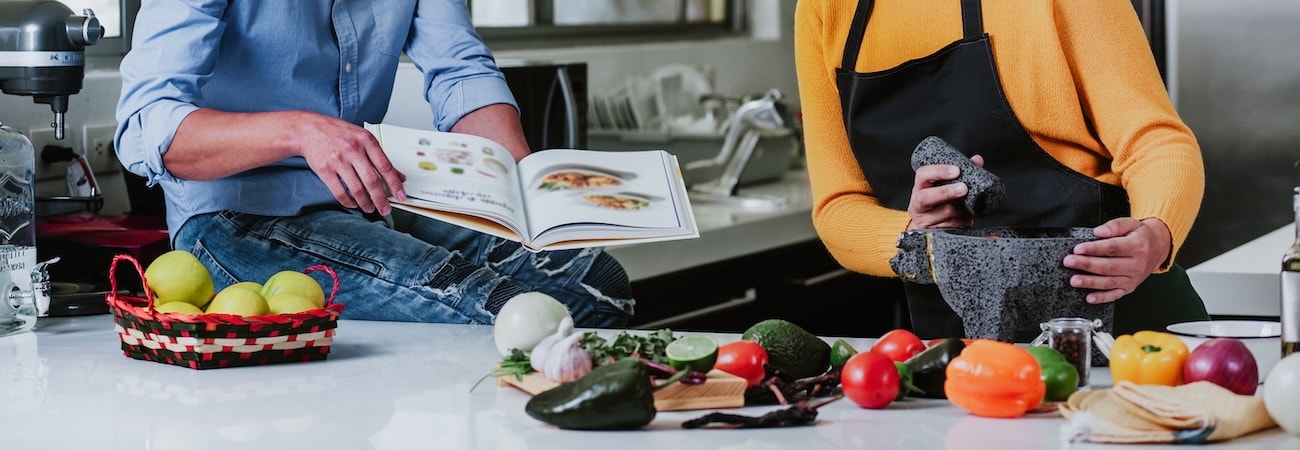
Recipe of the month
Ann’s Baked Mackerel with Rhubarb Sauce Recipe
You will need:
- 500g rhubarb batons
- 2 tsp sugar
- 1 orange – grated zest and juice
- 150ml fish stock
- 40g diced butter
- Salt and pepper
- Mackerel, freshly grilled or baked in the oven
Method:
- Put the rhubarb, sugar and orange juice and zest together in a pan and simmer on a low heat until you have a puree.
- In a separate pan, boil the fish stock until it has reduced by half.
- Stir the puree mixture into the fish stock and then gradually whisk in the butter.
- Serve with your baked mackerel.
Fancy growing something new?
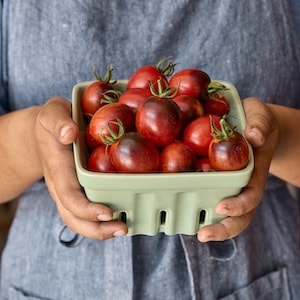
We all have our favourites – tried and trusted varieties of fruit and veg that we grow each and every year. But it’s also fun to try something new. Here’s my suggestion:
If you have room for a few more tomato plants, ‘Black Moon’ is a new cherry variety with an extraordinary flavour. The firm, juicy flesh is covered with a blend of sweet rich-red and savoury purple-black skin, and it was voted best tasting new tomato in recent tests.
You may also be interested in
- Flower seeds to sow in April
- Vegetable seeds to sow in April
- Ann’s allotment and gardening guide – March
- Ann’s allotment and gardening guide – May
Lead image: Rhubarb Sanvitos Early from Dobies
